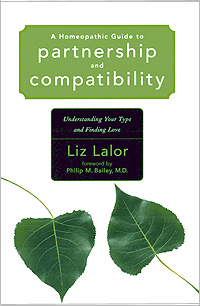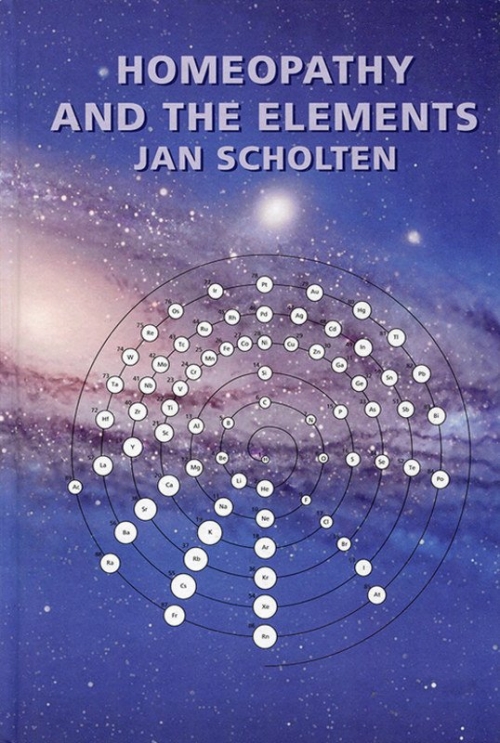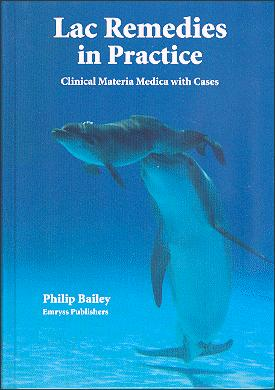Description
This book is a model textbook for how homeopaths can and should describe their medicines! There is clarity, order, detailed description, unique characteristics, specific themes, specific words, listing of key rubrics (symptoms), and case histories for the use of the medicine.
In the clear, compelling style he is known for, Jonathan Hardy introduces an astonishing series of mammal cases in which the patient’s inner state naturally unfolds during skilful case taking. Additionally, the biology of the family of mammals (to which, of course, we humans belong), the themes found in mammal cases, commonly used rubrics and the words used by patients that point to a mammal remedy are included.
The book describes the orangutan, gorilla, rhesus monkey, chimpanzee, lion and tiger, brown bear, koala bear, meerkat, deer, beaver, the wild dog and domestic cat, dog and cow, as well as remedies made from human milk and female sarcodes (placenta, umbilical cord, amniotic fluid, and oestrone).
The case analyses are especially useful to assist homeopaths of all levels of experience to logically understand and appreciate the prescription – many of which have very moving, life-changing results for the patients. It is interesting that mankind’s ill-treatment of some of these animals down through the ages creates a kind of persecutory, ‘victim consciousness’ which is often a significant feature of the provings, and thus for patients needing mammal remedies. A middle-aged woman who suffered repeated chest infections, pneumonia and asthma where she described a ‘drowning’ sensation fully recovered with Castoreum canadense, the American beaver. This creature is cruelly caught underwater in a weighted leg trap which causes the animal to drown. Another patient with severe debilitating migraines who improved enormously on all levels with Sanguis ursus arctos, was able to describe her innermost sensation of trapped, paralysing hopelessness, reminiscent of a bear trapped for bile farming.
Jonathan Hardy is one of England’s most experienced medical homeopaths and his clinical insights into mammal remedies are a valuable addition to any homeopathic library. His warm, empathetic and engaging manner is apparent as he masterfully demonstrates one of Hahnemann’s most important maxims: that of the unprejudiced observer. With the sometimes overwhelming amount of information in cases and no obvious solution there can be a tendency to fit it all into our existing knowledge, but as he says in his final brilliant chapter on case taking tips where he discusses denial, remedy archetypes and intuition:
‘“Case taking is about understanding the patient’s state. An important part of being a homeopath is having the courage to stay in this place of not knowing”.
Hardback edition
359 pages…with many color photos!






Reviews
There are no reviews yet.